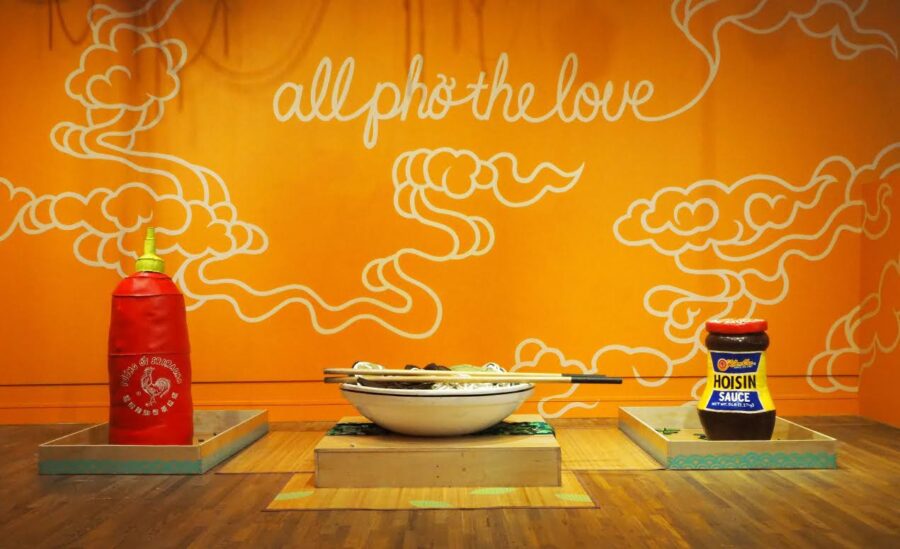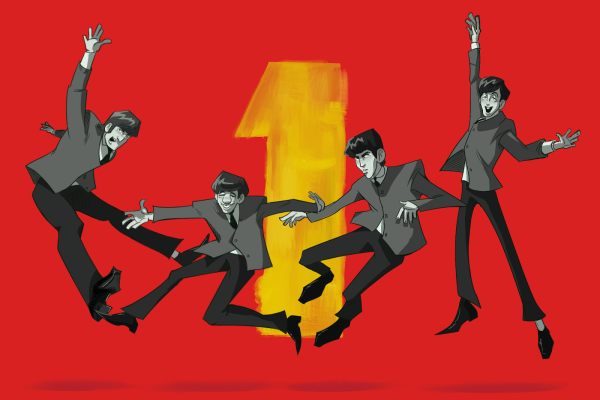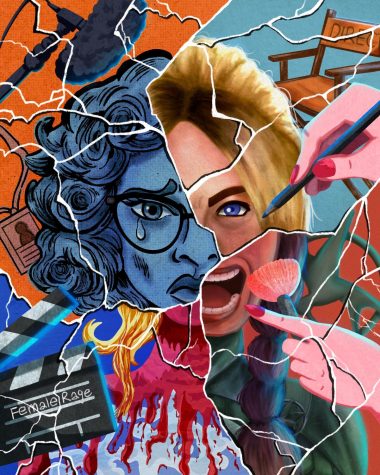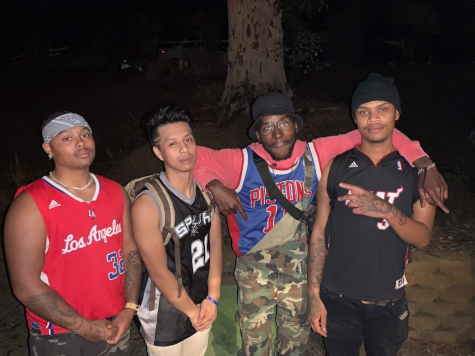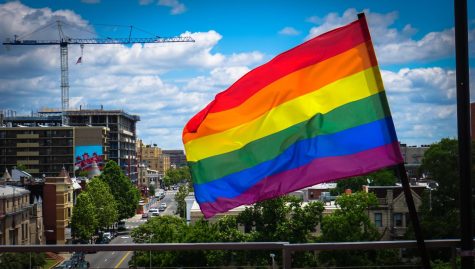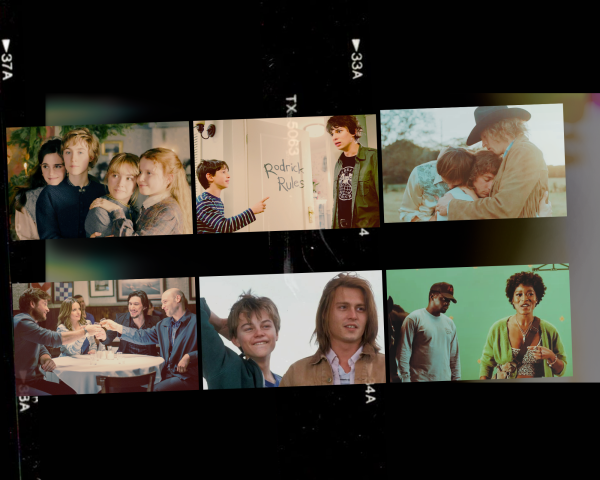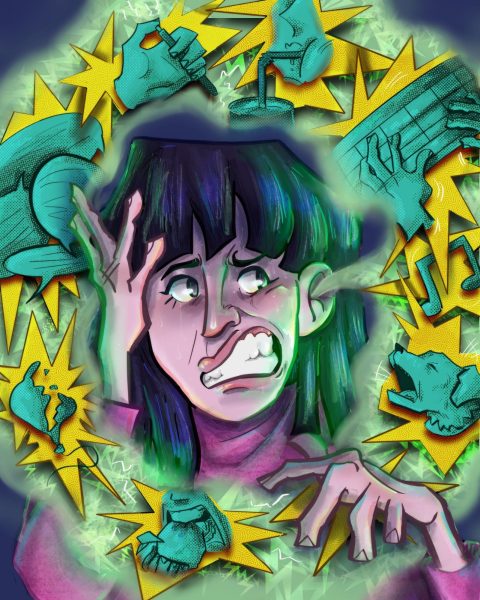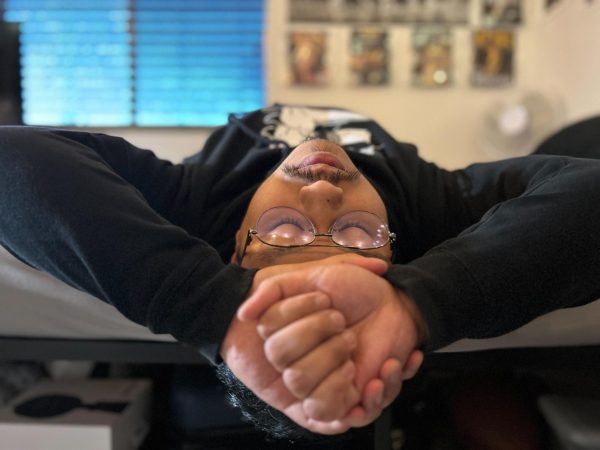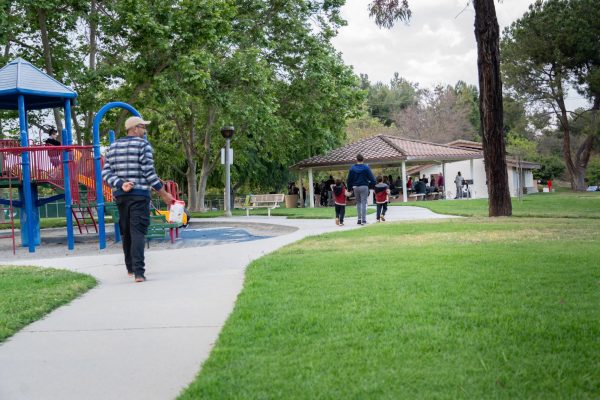Pop-Up Museums: The Modern Museum of Our Generation
Pop-up museums are vying for the attention of social media users and the world as we know it will never be the same.
Businesses are jumping on the cultural bandwagon of society’s obsession with selfies, and targeting fans of social media with what counts most — photographic evidence to rack up those “likes.” As if we needed any more distraction, every few months a picturesque pop-up exhibit surfaces, each one more stylish and trendier than the last. Pop-up museums, also known as “Instagram museums,” deliver interactive art installations in which visitors can take eye-popping photos that are outrageous enough to garner enough likes to boost the traffic on your social timeline. However, there is debate on whether to call it the new-wave art of the Millennial generation or — as others see it — a marketing ploy to appeal to the age of Millennial narcissism.
Critics claim pop-up museums should be called out for what they are, an adult fun-house that is meant solely to take pictures for social media clout. Some say by comparing this fly-by-night sensation as a museum-like experience is taking away from our artistic heritage and culture which feeds the notion that our society is more concerned with style over substance. However, pop-up exhibit supporters argue people are still going to museums, nontraditional as they may be, as attendance numbers for traditional museums have dropped over the years.
So what is a pop-up museum like and why are young people flocking to them? It depends on the current flavor of our pop-culture. No matter what your interest is, there’s probably a pop-up museum that pays homage to it. Candy. Food. Ice Cream. Selfies. You name it; there’s nearly everything for everyone. Some of the concepts are so extravagant, it will take you back to a time where imagination and reckless abandon meet. The spaces are colorful, the lighting is bright yet flattering, and the music is on-trend with the latest Top 40 hits. More importantly, pop-up museums are appealing to younger generations through art displays that focus on the viewer being in the middle of the experience.
The first pop-up museum that paved the way was the Museum of Ice Cream which opened in New York in 2016. Although it is called the Museum of Ice Cream, it doesn’t claim to be a traditional museum and discloses they are a for-profit organization. MOIC, which is currently running in San Francisco, is made up of millennial pink backdrops, brightly colored life-size treats that resemble ice cream and candy. Each visitor gets to sample treats like glitter cotton candy and of course, ice cream. Admission runs at 38 dollars per person; however, despite the high price point, the museum sold 30,000 tickets within the first five days of being open. Reviews are mixed, with some visitors saying it’s an overpriced tourist trap while others found the experience fun.
On Yelp, the Museum of Ice Cream has 3.5 out of 5 stars out of 1,296 reviews. Here’s what the highest and lowest ratings had to say:


The Foodie Space is located in the Del Amo Fashion Center and is the ideal place for foodies who not only like to take pictures of their food but also like to play with it too. “Playing with society’s obsession with social media and #foodporn,” this pop-up is an interactive food-centric museum filled with life-sized sushi platters, a giant noodle bowl of pho and colossal-sized fries underneath a wedding altar that says “Fries Before Guys.” All of which were created by local artists.
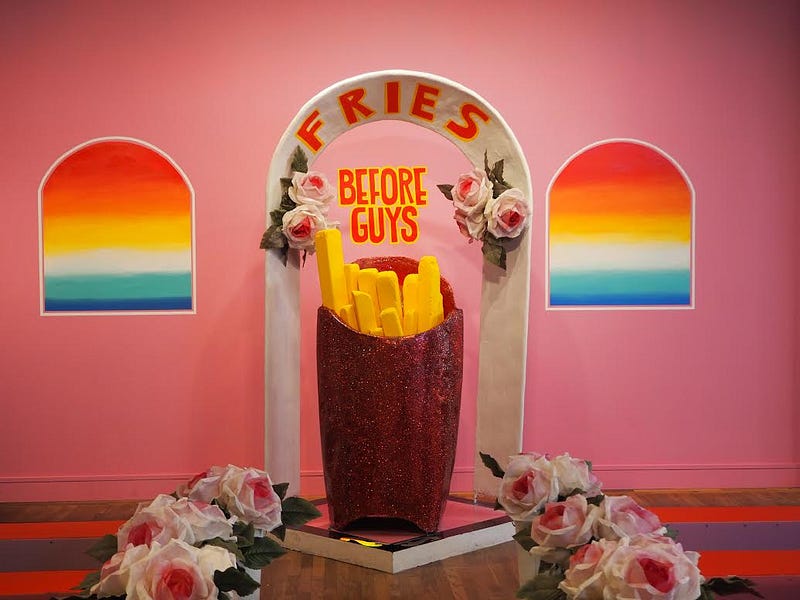
Stylized yet contrived pictures of the Foodie Space circulated on social media and created local buzz, to make it seem like everyone is in on the action and for some, the fear of missing out is a real motivator to buy tickets.
First time visitor, Zaira Mora, 27, found the Foodie Space through Groupon after seeing pictures posted under her Instagram’s Explore page and wanted to visit the pop-up before it closes in mid-September. “The fact that its limited time and that I found it right before it’s about to end, it’s kind of like a sense of urgency to come [to] check it out after I saw everyone’s pictures,” Mora said.
On Yelp, the Foodie Space has 3.5 out of 5 stars out of 16 reviews, here’s what the highest and lowest ratings had to say:
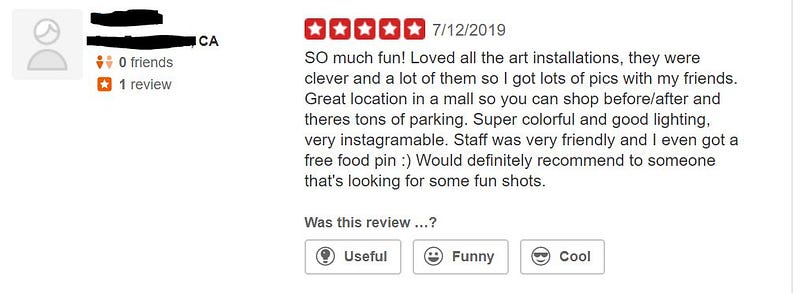
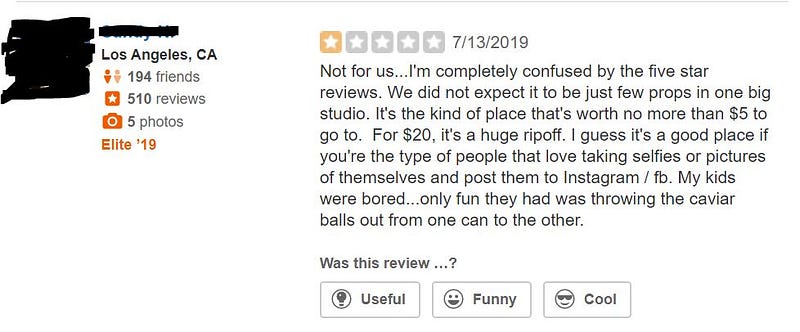
The Foodie Space is also one of the few pop-up museums that credit the artists behind the installations on their website. Julia Taft and Trinh Mai are the only two artists featured currently, with “more coming soon!” With no credit given in person and a brief bio online, it is unclear which exhibits they worked on.
Many members of the art circle are quick to point out that pop-up museums do not highlight the work of the artists behind the exhibit’s creation, therefore questioning the credibility and artistic value of the phenomenon. Christopher Knight of the L.A. Times said: “These manufactured entertainments aren’t significant art exhibitions any more than a Chuck E. Cheese arcade or the Block of Fame at Legoland. They’re just snobbier.”
Even Disneyland jumped on the pop-up exhibit trend by opening up Pop-Up Disney! A Mickey Celebration in Downtown Disney District to celebrate 90 years of Mickey Mouse. What used to be the ESPN Zone, Pop-Up Disney ran from April 26 to September 2, and consisted of seven rooms filled with Mickey-themed inspirations that are ideal for any photo op. Nostalgic Disney fans hurried towards the experience and raved over the exhibit and the number of selfie opportunities the pop-up had to offer.
Tabitha Anctil, 20, of West Covina has been a Disney fan for years and was excited to learn of the exclusive exhibit. It was her first pop-up experience, and to her surprise, she had a blast. “I loved the way the pictures came out, and I got really swept up in the moment and the fun of running around posing with backgrounds and all that,” Anctil said.
Pop-up museum supporters claim that these exhibits are appealing to what younger generations want by immersing the user within the art installation to fully engage their senses and create an Instagram-worthy photo. It’s about personalizing the experience for their audience, allowing for a whimsical and imaginative experience. Furthermore, organizers of pop-up museums understand that we are currently living in a world where its all about the pics or it didn’t happen.
Museums have traditionally been known to collect, house, and preserve objects of historical importance, to present them to the public to create further dialogue and deepen our overall knowledge. These institutions provide a cultural experience to understand where we come from and how to understand the world better. For traditional museums to compete, they too will need to stay relevant and personalize the experience for their visitors, as being a spectator is no longer satisfying.
The debate continues whether or not pop-up museums contain actual art and why it has become increasingly popular among social media followers. Whether it’s a fad or a new genre in museum culture, its creating dialogue around what value it brings and how it contributes to the way we view the world around us. It’s widely known that museums provide education, culture, and exist to incite thought. More importantly, museums help to create and shape society. Love it or hate it, one can say that the rise of pop-up museums that tailor to Instagram is helping to create a society as well: one picture-perfect experience at a time.

